Don't fear AI art tools, they could be a digital artist's ally
AI art tools represent a loss of control for many artists, so we need to find ways to reclaim how, where and why it's used.
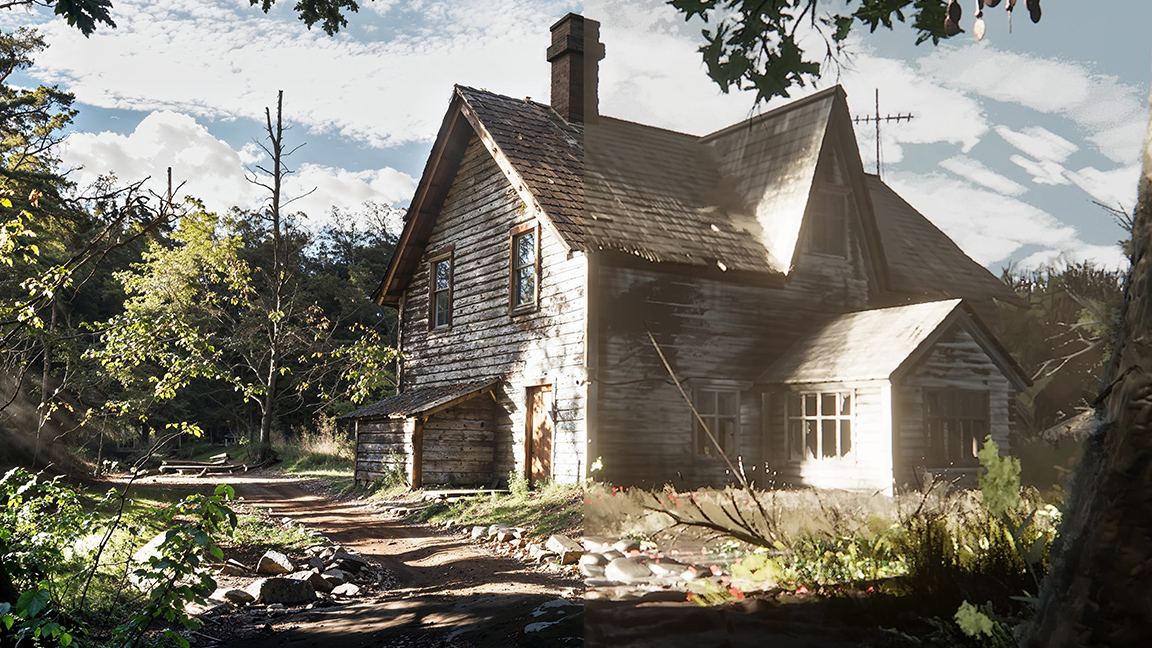
Before I go further into why I'm experimenting with AI art tools, let me give you a bit of background: As an artist, I've always been interested in new ways of telling stories through images. In my early 20s, I was among the first in Denmark to embrace digital painting as an art form. Being on the front line like that led me to work with some interesting clients and gave me a small glimpse of how the evolution of our creative tools can help break down the barrier between our imagination and our audience.
When the first VR sculpting tool arrived on the Oculus Rift, I was among the first to embrace that new, more immersive way of creating 3D. I did that full-time in my daily work for a few years using tools like Oculus, Medium and Quill.
AI tools have always held the promise of a new and more immersive way for us to create worlds and tell stories
As much as the advent of digital painting and VR sculpting felt like big shifts in how I do things, it still felt like a natural evolution of my tools. More importantly, the evolution happened at a pace where it was possible for us to keep up.
That seems to be changing with generative AI. Being the naturally curious soul that I am, I started exploring generative AI very early on with Disco Diffusion and the early versions of MidJourney. Despite the results being generally quite abstract, I immediately knew that this would change things significantly.
In my mind, these AI tools have always held the promise of a new and more immersive way for us to create worlds and tell stories. At the same time, it's also difficult to grasp the extent of the disruption of our industry and of our creative work that these tools will also likely cause.
AI art: taking back control
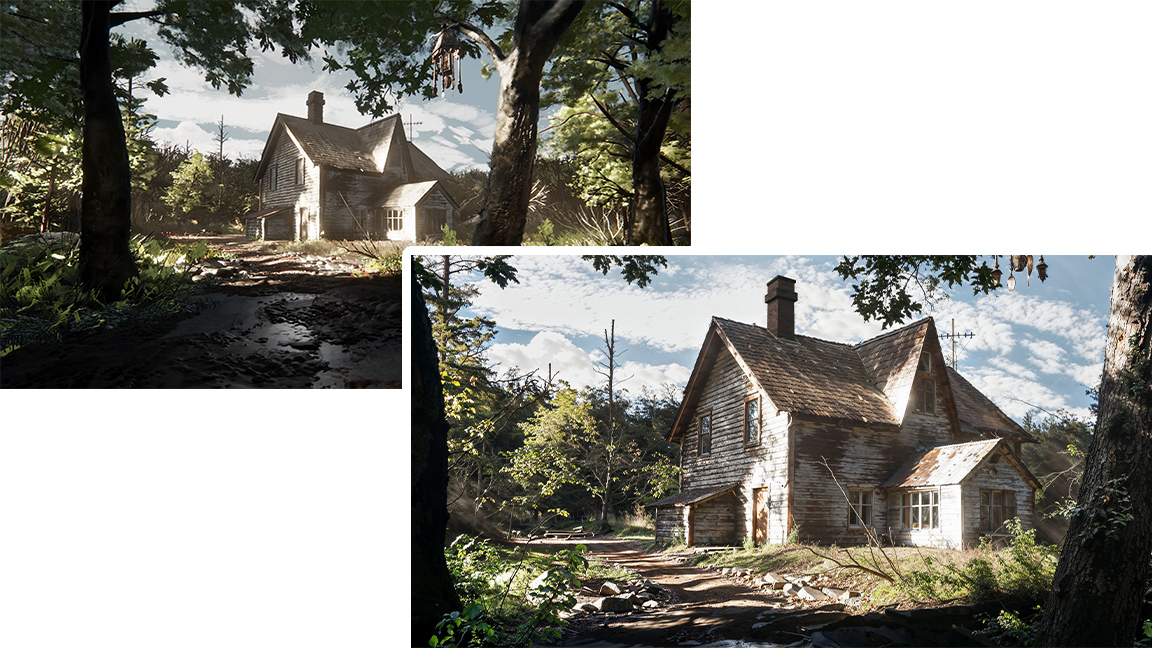
Even the best AI art generators are still crude and clumsy compared to the beautiful, unique nature of a single brushstroke made by a human artist. Trying to channel the unique aesthetic sense of human creatives through a simple text prompt feels like an insult to me, which is why I've been experimenting with ways to use AI in my workflow in a meaningful, artistic way.
I've spent time trying out new AI art tools as they launch, exploring how to use generative AI systems and cutting-edge 3D tools as a creative ally instead of seeing this new technology as an opponent. (Read our article, 'What generative AI means for creativity' for more on the subject.)
Get the Creative Bloq Newsletter
Daily design news, reviews, how-tos and more, as picked by the editors.
I understand artists concerns around AI, particularly around copyrights, but no matter how the current debate about training data turns out, these AI tools are here to stay in one form or another, and they will only get better over the next few months and years, so we as creatives must consider ways to use this for good.
AI art: tools to try
An easy place to start is with a some of my favourite generative AI tools you can try out now. These AI apps enable you to use your artistic skills to drive the generative AI process toward more interesting results than what you're getting from text prompts, and so in my mind are open to artistic uses.
1. Krea.AI
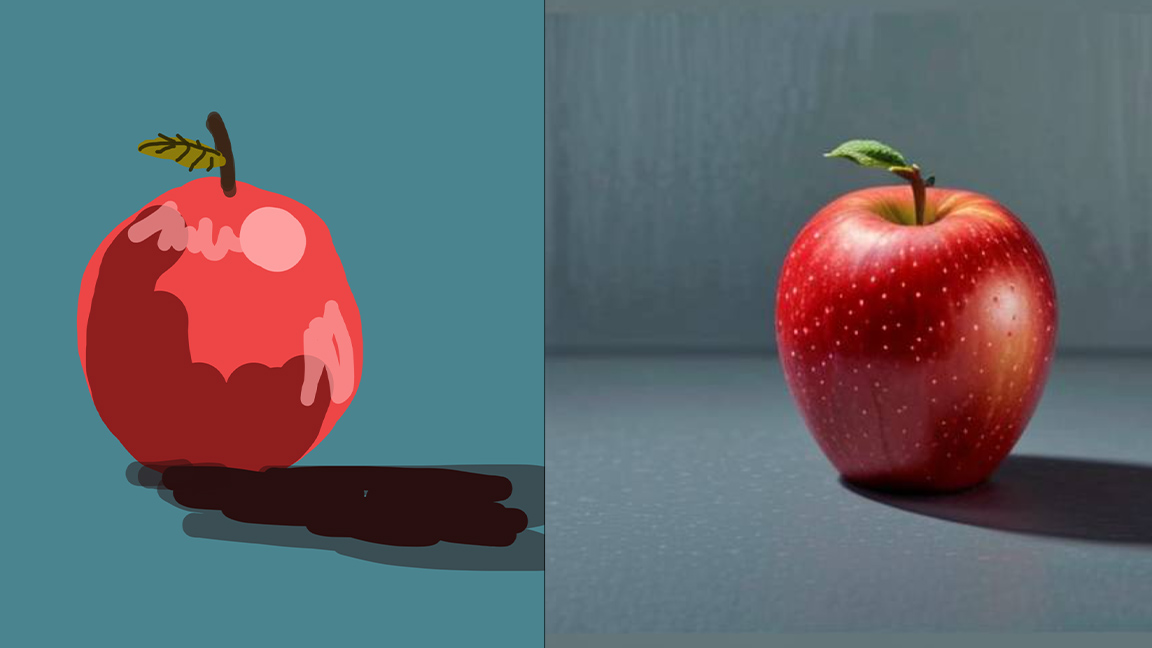
Krea offers a 'Real-time generation' tool, where you get a canvas with two views: an input view and an AI output view. You can draw or prompt in elements in the input view. It also has a 'screen2image' mode that enables you to feed any window or tool from your computer into Krea’s canvas.
Visit the Krea.ai website to get started, it's free to try but there's a series of price options too, starting from $8 a month.
2. Freep!k Picasso
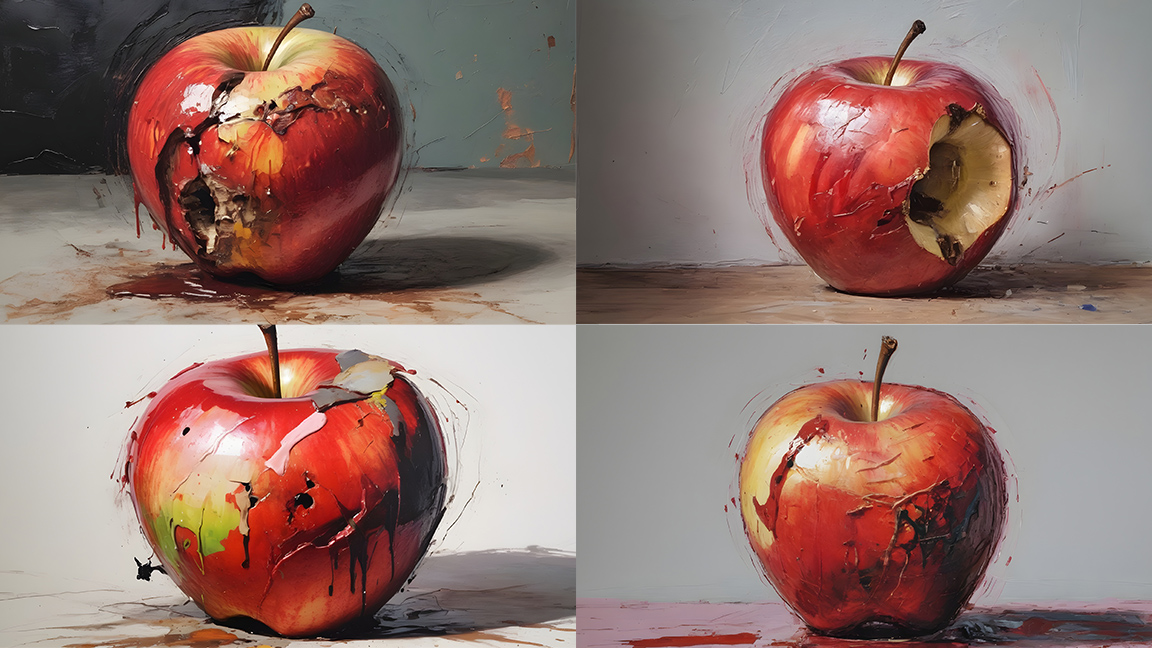
Similar to Krea in features, but one element here stands out, and that's the 'Re-imagine' feature. It enables you to make an image and then generate an endless scrolling list of variations on that image. It's similar to what you get when refreshing the 'seed' of a generation, but here visualised as a long list of examples.
Visit the Freepik website to get started for free, and Freepik has a number of AI tools to test out.
3. Magnific.ai
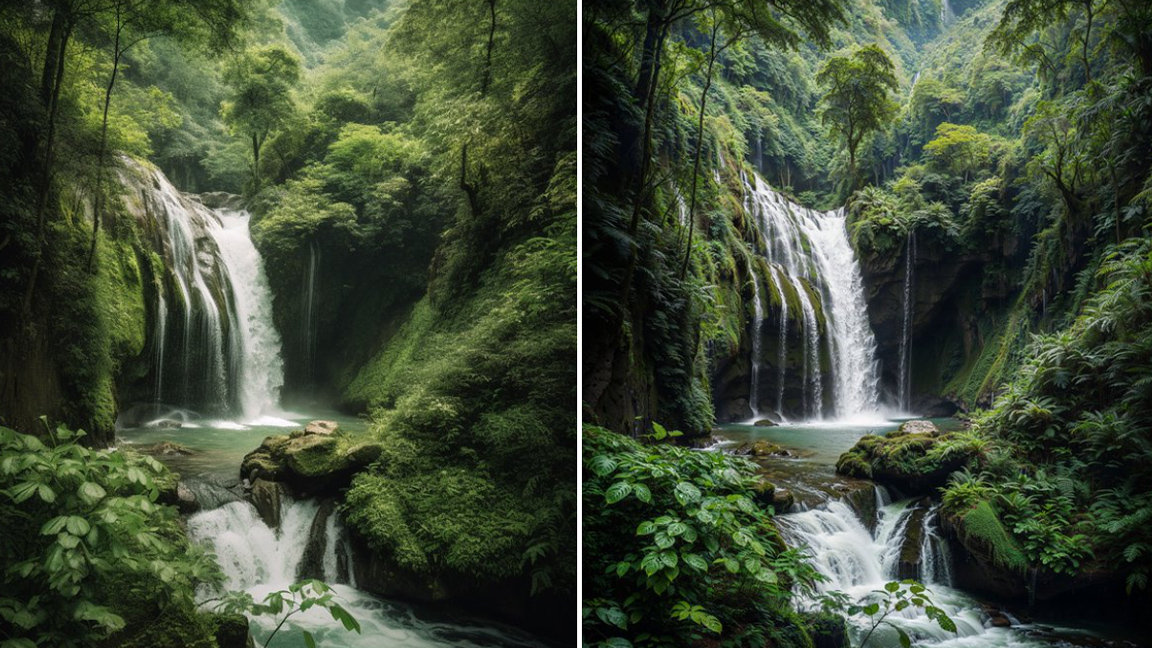
Marketed as an upscaler, this tool is much more than that. It allows you to upload a source image, and then an AI algorithm tries to 'guess' whats hidden between the pixels. It does so remarkably well in a lot of cases, especially with more photorealistic work but it also works with stylised images.
Visit the Magnific.ai website to try this for yourself, though you will need to pay, starting at £35 a month.

Thank you for reading 5 articles this month* Join now for unlimited access
Enjoy your first month for just £1 / $1 / €1
*Read 5 free articles per month without a subscription

Join now for unlimited access
Try first month for just £1 / $1 / €1
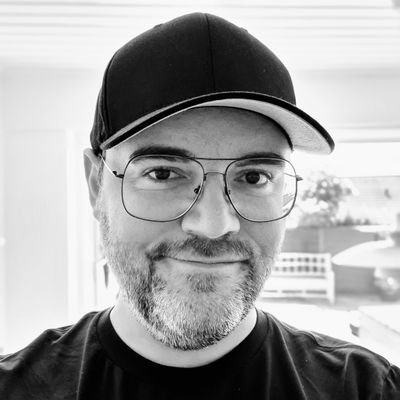
Martin is a freelance illustrator living in Denmark, with more than 17 years of professional art and illustration experience. He holds a BA and MA in Digital Design from The Royal Danish Academy of Fine Arts Schools of Architecture, Design and Conservation. Martin's client list includes: Media Molecule, The UN, Sony, Facebook, LEGO, DR (Danish state TV), TV2, Adobe, WACOM, Nestlé, B&O, Spigo, MasterpieceVR, Oculus and various small and large companies.
